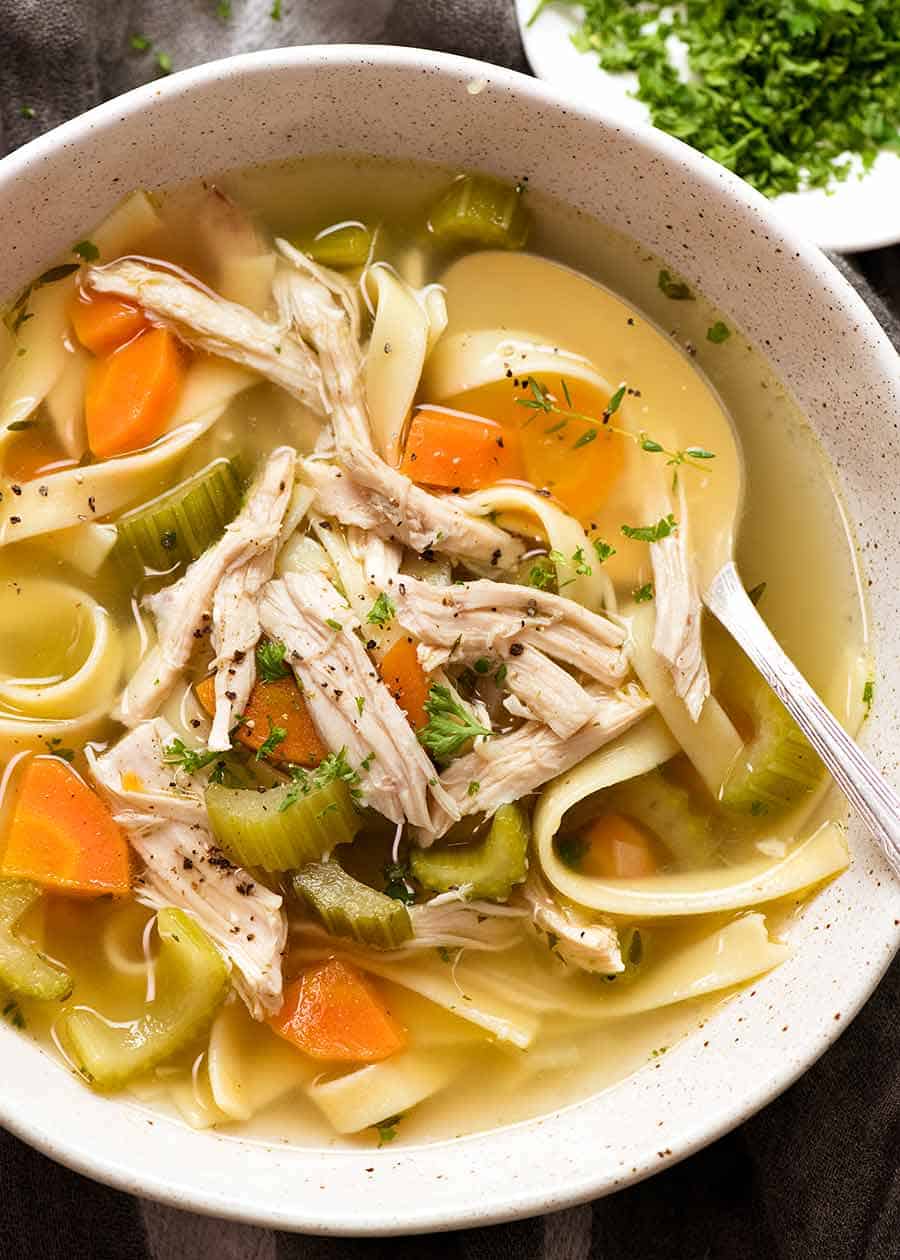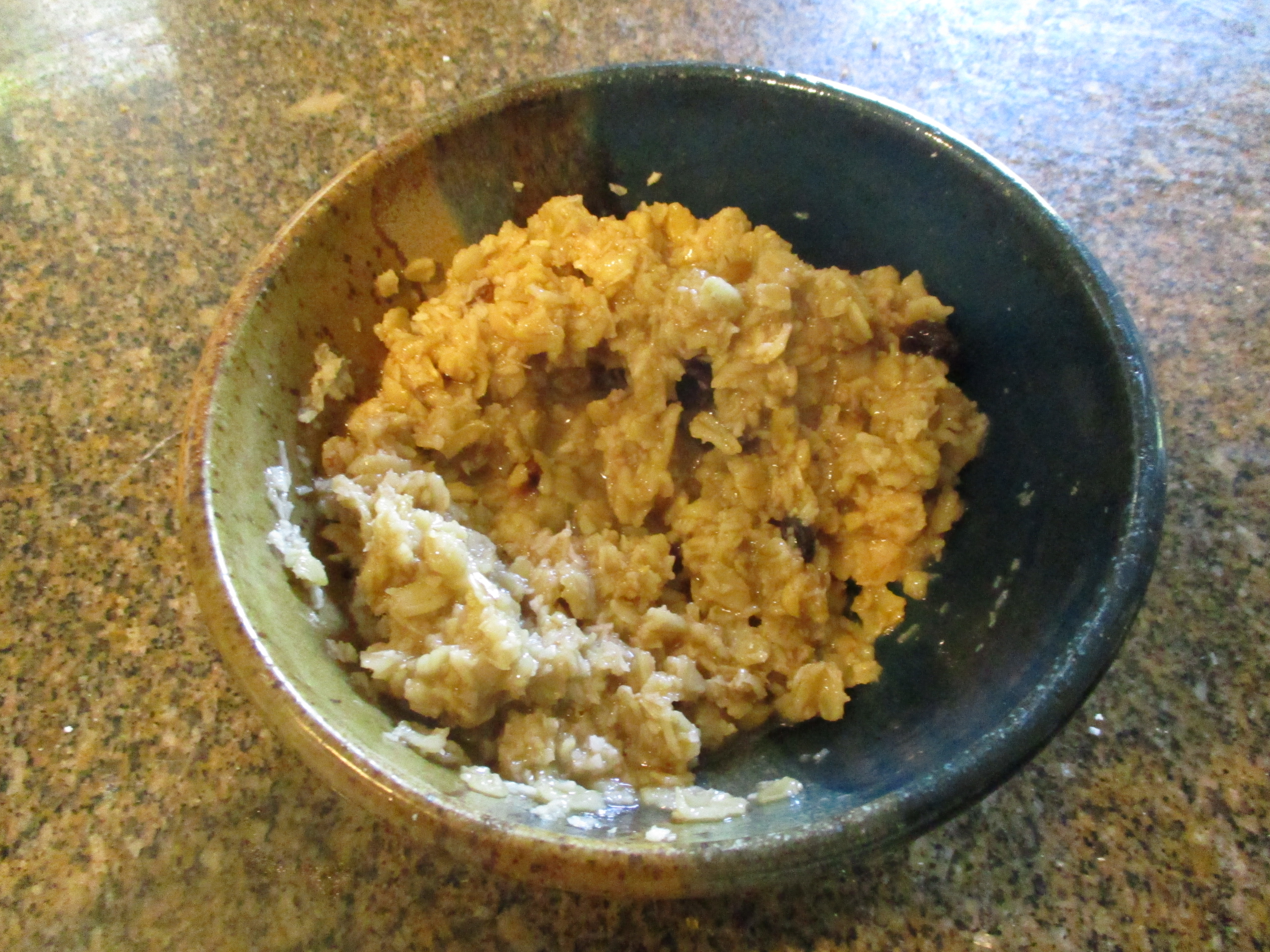|
Kasha
In English, kasha usually refers to the pseudocereal buckwheat or its culinary preparations. In Slavic languages, "kasha" means porridge or puree. In some varieties of Eastern European cuisine, ''kasha'' can apply to any kind of cooked grain. It can be baked but most often is boiled, either in water or milk, but the word can also refer to the grain before preparation, which corresponds to the definition of ' groats'. The word "kasha" is used in Belarus (), the Czech Republic (), Lithuania (), Poland (), Romania and Moldova (), Russia (), Slovakia (), Slovenia (), Kazakhstan, and Ukraine (). The English-language usage of kasha, which refers primarily to buckwheat, probably originated with Jewish immigrants, as did the form ''kashi'' (literally translated as "porridges"). In Ashkenazi Jewish culture As an Ashkenazi-Jewish comfort food, kasha is often served with onions and brown gravy on top of farfalle, known as kasha varnishkes. Kasha is a popular filling for knishes and ... [...More Info...] [...Related Items...] OR: [Wikipedia] [Google] [Baidu] |
Kazakhstan
Kazakhstan, officially the Republic of Kazakhstan, is a landlocked country primarily in Central Asia, with a European Kazakhstan, small portion in Eastern Europe. It borders Russia to the Kazakhstan–Russia border, north and west, China to the China–Kazakhstan border, east, Kyrgyzstan to the Kazakhstan–Kyrgyzstan border, southeast, Uzbekistan to the Kazakhstan–Uzbekistan border, south, and Turkmenistan to the Kazakhstan–Turkmenistan border, southwest, with a coastline along the Caspian Sea. Its capital is Astana, while the largest city and leading cultural and commercial hub is Almaty. Kazakhstan is the world's List of countries and dependencies by area, ninth-largest country by land area and the largest landlocked country. Steppe, Hilly plateaus and plains account for nearly half its vast territory, with Upland and lowland, lowlands composing another third; its southern and eastern frontiers are composed of low mountainous regions. Kazakhstan has a population of 20 mi ... [...More Info...] [...Related Items...] OR: [Wikipedia] [Google] [Baidu] |
Comfort Food
Comfort food is food that provides a nostalgic or sentimental value to someone and may be characterized by its high caloric nature associated with childhood or home cooking. The nostalgia may be specific to an individual or it may apply to a specific culture. Definition and history The term ''comfort food'' can be traced back at least to 1615, where in the beginning of the second part of Don Quixote, at the beginning of chapter one, Quixote's niece and her nurse (governess, housekeeper?, "ama") are told to pamper him, "to give him things to eat which are comforting and appropriate for the heart and the brain... ." Others trace it back to 1966, when the '' Palm Beach Post'' used it in a story: "Adults, when under severe emotional stress, turn to what could be called 'comfort food'—food associated with the security of childhood, like mother's poached egg or famous chicken soup." According to research by April White at JSTOR, it might have been Liza Minnelli who used the ter ... [...More Info...] [...Related Items...] OR: [Wikipedia] [Google] [Baidu] |
Buckwheat
Buckwheat (''Fagopyrum esculentum'') or common buckwheat is a flowering plant in the knotweed family Polygonaceae cultivated for its grain-like seeds and as a cover crop. Buckwheat originated around the 6th millennium BCE in the region of what is now Yunnan, Yunnan Province in southwestern China. The name "buckwheat" is used for several other species, such as ''Fagopyrum tataricum'', a domesticated food plant raised in Asia. Despite its name, buckwheat is not closely related to wheat. Buckwheat is not a cereal, nor is it a member of the Poaceae, grass family. It is related to sorrel, Polygonum, knotweed, and rhubarb. Buckwheat is considered a pseudocereal because the high starch content of the seeds enables buckwheat to be cooked and consumed like a cereal. Etymology The name "buckwheat" or "beech wheat" comes from its tetrahedral seeds, which resemble the much larger seeds of the beech nut from the beech, beech tree, and the fact that it is used like wheat. The word may be a ... [...More Info...] [...Related Items...] OR: [Wikipedia] [Google] [Baidu] |
Russian Cuisine
Russian cuisine is a collection of the different dishes and cooking traditions of the Russians, Russian people as well as a list of culinary products popular in Russia, with most names being known since pre-Soviet times, coming from all kinds of social circles. History The history of Russian cuisine was divided in four groups: Old Russian cuisine (9th to 16th century), Old Moscow cuisine (17th century), the cuisine that existed during the ruling of Peter the Great, Peter and Catherine the Great (18th century), and finally Petersburg cuisine, which took place from the end of the 18th century to the 1860s. In the Old Russian period, the main food groups were bread, grains, and other foods that contained starch. Women baked pies with many different fillings, such as mushrooms or berries. During gatherings, a loaf of bread and salt was always present. Kasha, such as buckwheat and oats, were represented as wellbeing to the household. Many Russians used honey and berries and mad ... [...More Info...] [...Related Items...] OR: [Wikipedia] [Google] [Baidu] |
Porridge
Porridge is a food made by heating, soaking or boiling ground, crushed or chopped starchy plants, typically grain, in milk or water. It is often cooked or served with added flavourings such as sugar, honey, fruit, or syrup to make a sweet cereal, or it can be mixed with spices, meat, or vegetables to make a Savoury (dish), savoury dish. It is usually served hot in a bowl, depending on its consistency. Oat porridge, (known as oatmeal in North America) is one of the most common types of porridge. Gruel is a thinner version of porridge and congee is a savoury variation of porridge of Asian cuisine, Asian origin. Type of grains The term "porridge" is used in British English (Britain, Ireland, Australia and New Zealand) specifically for oatmeal. This is a hot mixture of oatmeal or oats slowly cooked with water or milk. It is typically eaten for breakfast by itself or with other ingredients, including salt, sugar, fruit, milk, cream, or butter. Other grains used for porridge include ... [...More Info...] [...Related Items...] OR: [Wikipedia] [Google] [Baidu] |
Ukrainian Cuisine
Ukrainian cuisine is the collection of the various cooking traditions of Ukrainians, the people of Ukraine, one of the largest and most populous European countries. It is heavily influenced by the rich dark soil () from which its ingredients come, and often involves many components. Traditional Ukrainian dishes often experience a complex heating process – "at first they are fried or boiled, and then stewed or baked. This is the most distinctive feature of Ukrainian cuisine". The national dish of Ukraine is red borscht, a well-known beet soup, of which many varieties exist. However, (boiled dumplings similar to Pierogi#Ukraine, pierogi) and a type of cabbage roll known as are also national favourites, and are a common meal in traditional Ukrainian restaurants. These dishes indicate the regional similarities within Eastern European cuisine. The cuisine emphasizes the importance of wheat in particular, and grain in general, as the country is often referred to as the "breadbaske ... [...More Info...] [...Related Items...] OR: [Wikipedia] [Google] [Baidu] |
Buckwheat
Buckwheat (''Fagopyrum esculentum'') or common buckwheat is a flowering plant in the knotweed family Polygonaceae cultivated for its grain-like seeds and as a cover crop. Buckwheat originated around the 6th millennium BCE in the region of what is now Yunnan, Yunnan Province in southwestern China. The name "buckwheat" is used for several other species, such as ''Fagopyrum tataricum'', a domesticated food plant raised in Asia. Despite its name, buckwheat is not closely related to wheat. Buckwheat is not a cereal, nor is it a member of the Poaceae, grass family. It is related to sorrel, Polygonum, knotweed, and rhubarb. Buckwheat is considered a pseudocereal because the high starch content of the seeds enables buckwheat to be cooked and consumed like a cereal. Etymology The name "buckwheat" or "beech wheat" comes from its tetrahedral seeds, which resemble the much larger seeds of the beech nut from the beech, beech tree, and the fact that it is used like wheat. The word may be a ... [...More Info...] [...Related Items...] OR: [Wikipedia] [Google] [Baidu] |
Porridge
Porridge is a food made by heating, soaking or boiling ground, crushed or chopped starchy plants, typically grain, in milk or water. It is often cooked or served with added flavourings such as sugar, honey, fruit, or syrup to make a sweet cereal, or it can be mixed with spices, meat, or vegetables to make a Savoury (dish), savoury dish. It is usually served hot in a bowl, depending on its consistency. Oat porridge, (known as oatmeal in North America) is one of the most common types of porridge. Gruel is a thinner version of porridge and congee is a savoury variation of porridge of Asian cuisine, Asian origin. Type of grains The term "porridge" is used in British English (Britain, Ireland, Australia and New Zealand) specifically for oatmeal. This is a hot mixture of oatmeal or oats slowly cooked with water or milk. It is typically eaten for breakfast by itself or with other ingredients, including salt, sugar, fruit, milk, cream, or butter. Other grains used for porridge include ... [...More Info...] [...Related Items...] OR: [Wikipedia] [Google] [Baidu] |
Polish Cuisine
Polish cuisine ( ) is a style of food preparation originating in and widely popular in Poland. Due to History of Poland, Poland's history, Polish cuisine has evolved over the centuries to be very eclectic, and shares many similarities with other national cuisines. Polish cooking in other cultures is often referred to as ''à la polonaise''. Polish cuisine is rich in meat, especially pork, chicken and game, in addition to a wide range of vegetables, spices, fungi and mushrooms, and herbs. Polish Meals – Polish Food – Polish Cuisine . Retrieved 6 June 2011. It is also characterised by its use of various kinds of kluski, pasta, cereals, kasza, kasha and pulses. [...More Info...] [...Related Items...] OR: [Wikipedia] [Google] [Baidu] |
Sol Steinmetz
Sol Steinmetz (July 29, 1930 – October 13, 2010) was a Hungarian American linguistics and lexicography expert who wrote extensively about etymologies, definitions and uncovered earliest recorded usages of words in English and Yiddish. A widely sought source on all things lexical, he earned recognition from William Safire in his ''On Language'' column in ''The New York Times Magazine'' in 2006 as a "lexical supermaven". Biography Steinmetz was born in Budapest on July 29, 1930, and emigrated to the United Statesfrom Hungary before the outbreak of World War II, with brief intervals spent in the Dominican Republic and Venezuela. He earned his undergraduate degree from Yeshiva University with a major in English and received his ''semikhah'' (rabbinic ordination) from YU's Rabbi Isaac Elchanan Theological Seminary (RIETS). Steinmetz studied linguistics at Columbia University under Yiddish scholar Uriel Weinreich while working as a congregational ''hazzan.'' Steinmetz ultimatel ... [...More Info...] [...Related Items...] OR: [Wikipedia] [Google] [Baidu] |
Jews
Jews (, , ), or the Jewish people, are an ethnoreligious group and nation, originating from the Israelites of History of ancient Israel and Judah, ancient Israel and Judah. They also traditionally adhere to Judaism. Jewish ethnicity, religion, and community are highly interrelated, as Judaism is their ethnic religion, though it is not practiced by all ethnic Jews. Despite this, religious Jews regard Gerim, converts to Judaism as members of the Jewish nation, pursuant to the Conversion to Judaism, long-standing conversion process. The Israelites emerged from the pre-existing Canaanite peoples to establish Kingdom of Israel (Samaria), Israel and Kingdom of Judah, Judah in the Southern Levant during the Iron Age.John Day (Old Testament scholar), John Day (2005), ''In Search of Pre-Exilic Israel'', Bloomsbury Publishing, pp. 47.5 [48] 'In this sense, the emergence of ancient Israel is viewed not as the cause of the demise of Canaanite culture but as its upshot'. Originally, J ... [...More Info...] [...Related Items...] OR: [Wikipedia] [Google] [Baidu] |
Lithuanian Cuisine
Lithuanian cuisine features products suited to the cool and moist northern climate of Lithuania: barley, potatoes, rye, beets, Leaf vegetable, greens, Berry, berries, and Edible mushroom, mushrooms are locally grown, and dairy products are one of its specialties. Various ways of pickling were used to preserve food for winter. Soups are extremely popular, and are widely regarded as the key to good health. Since it shares its climate and agricultural practices with Eastern Europe, Lithuanian cuisine has much in common with its Baltic neighbors and, in general, northeastern European countries. Longlasting agricultural and foraging traditions along with a variety of influences during the country's history formed Lithuanian cuisine. German traditions have had an influence on Lithuanian cuisine, introducing pork and potato dishes, such as potato pudding (''kugelis'' or kugel) and intestines stuffed with mashed potato (kishka (food), ''vėdarai''), as well as the baroque tree cake know ... [...More Info...] [...Related Items...] OR: [Wikipedia] [Google] [Baidu] |






